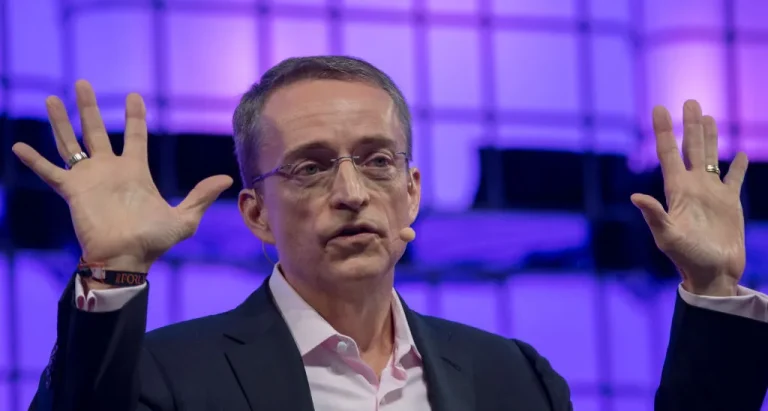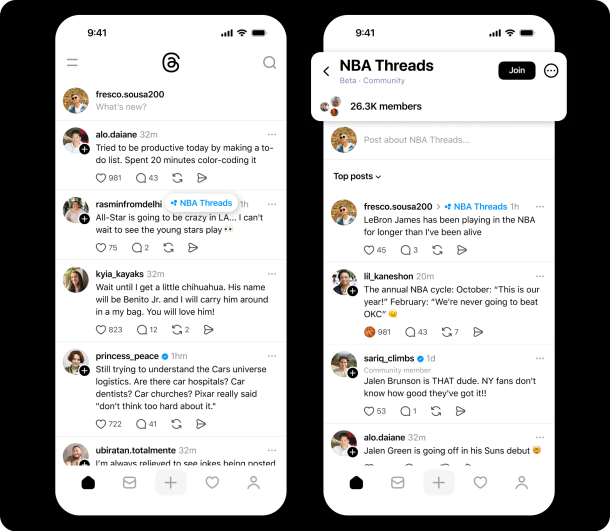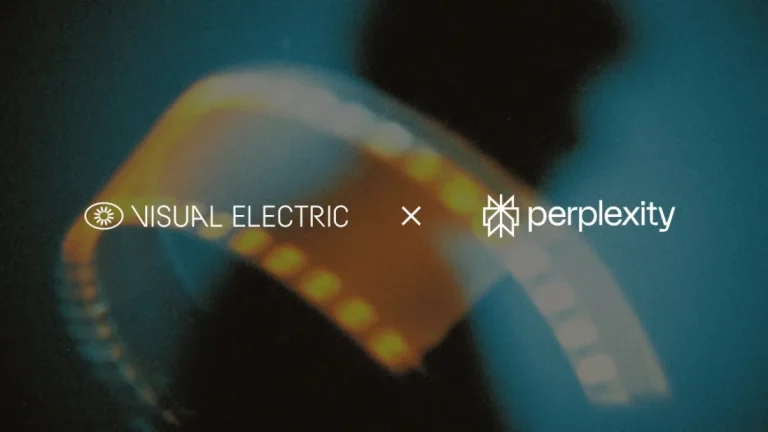
Let’s be honest — getting your cybersecurity press release noticed by the media can feel like shouting into the void. You’ve spent days crafting the perfect pitch around your breakthrough threat discovery or shiny new security tool. You hit send… and it vanishes into a journalist’s inbox black hole. No reply. No coverage. Just silence.
It’s not you — it’s the chaos.
Cyber PR is one of the noisiest playing fields out there. Journalists are swamped with dozens (sometimes hundreds) of pitches daily. If your story doesn’t instantly signal “newsworthy,” it’s probably not making it past the first skim.
And here’s the kicker: Most cybersecurity press releases don’t fail because the product or research is weak — they fail because they’re written for the sender, not the reader.
We see it all the time:
Technical overload that loses non-specialist journalists in the first paragraph
Fluffy language burying the actual news
A focus on features, not real-world impact
No solid data, quotes, or credible findings that reporters can lean on
Here’s where AI flips the script.
With the right approach, AI can supercharge every stage of your PR game:
Use AI to research trending topics and angles that are resonating in the security world right now.
Have an LLM help rephrase complex product jargon into crisp, relatable soundbites.
Ask it to generate multiple headline options and test which one hits hardest.
Bring your story to life with AI-generated visuals or even a bite-sized avatar video summarising your release.
But here’s the golden rule: don’t let AI replace the heart of your story. Your release still needs the human insight — the emotional hook, the “why this matters,” and the people behind the innovation.
Cybersecurity is already complicated. Your press release shouldn’t be.
When you combine compelling human storytelling with smart AI strategy, your PR isn’t just another pitch — it’s a story journalists actually want to tell.







